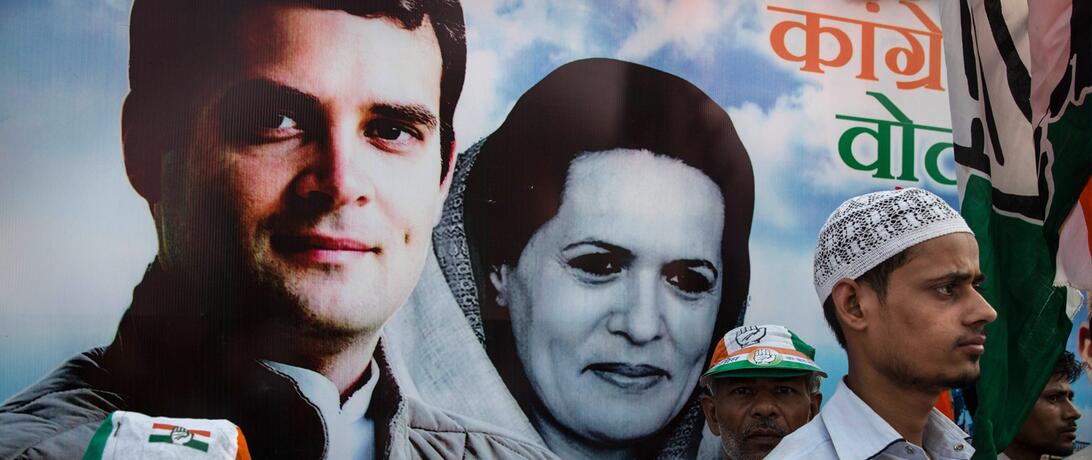
Data collected from OEF’s REIGN dataset shows a sharp decline in female heads of government since 2014.
Data collected from OEF’s REIGN dataset shows a sharp decline in female heads of government since 2014. To account for this decline, we developed a separate dataset looking at the 105 multiparty elections for a country’s highest office from January 2014 to December 2016.
In January 2017, we published our main findings in the Washington Post’s Monkey Cage section. This post provides a few clarifying details we could not squeeze into that article.
About the Female Elections Data
Our dataset on female election performance includes female candidates who ran for the top position in a country’s government and excluded ceremonial heads-of-state. These decisions are usually very clear (i.e. presidents in presidential systems, prime ministers in parliamentary ones), though some cases are a bit more ambiguous. In semi-presidential systems like Croatia, for example, we do not code the female president, Kolinda Grabar-Kitarovic, because the head-of-government in Croatia is the prime minister. We provide more information about which positions qualify as the highest elected office in the REIGN codebook.
We only examined candidates or political parties that gained 5% or more of the popular vote in the first round of voting. We only looked at direct popular elections, and not closed selection processes like elections from parliament or political appointments.
The Results
Roughly a quarter of these elections (28 of 105) included a qualifying female candidate or female-led party.
Of those 28 elections with a female candidate or female-led party, there were only 5 successful candidates. Four of those five were incumbent female presidents or prime ministers. Only one non-incumbent woman, Myanmar’s Aung San Suu Kyi, won an election, though she was constitutionally barred from formally taking power. A non-incumbent female candidate has not won a popular election and taken office since September 2013.
For the remaining 23 elections, we summarized the case-specific factors contributing to female leader’s failure and found some commonalities. We group the 23 losses into the following categories.
Ran From Minor/Fringe Parties and Lost (2): Sweden and Romania
Ran Against Successful Incumbents (7): Colombia, Fiji, Ireland, Serbia, Portugal, Greece, and New Zealand
Ran as Populists and Lost (2): Peru, Iceland
Ran as Establishment Candidates and Lost the Election or Critical Vote-Share to Populists (8): India, United States, Haiti, Philippines, Guatemala, Switzerland, Belgium, Denmark
Ran as Establishment Candidates and Lost to non-Incumbent Male Establishment Candidates (4): Cape Verde, Jamaica, Trinidad and Tobago, and Ukraine
Article Details
Published
Topic
Program
Content Type
News